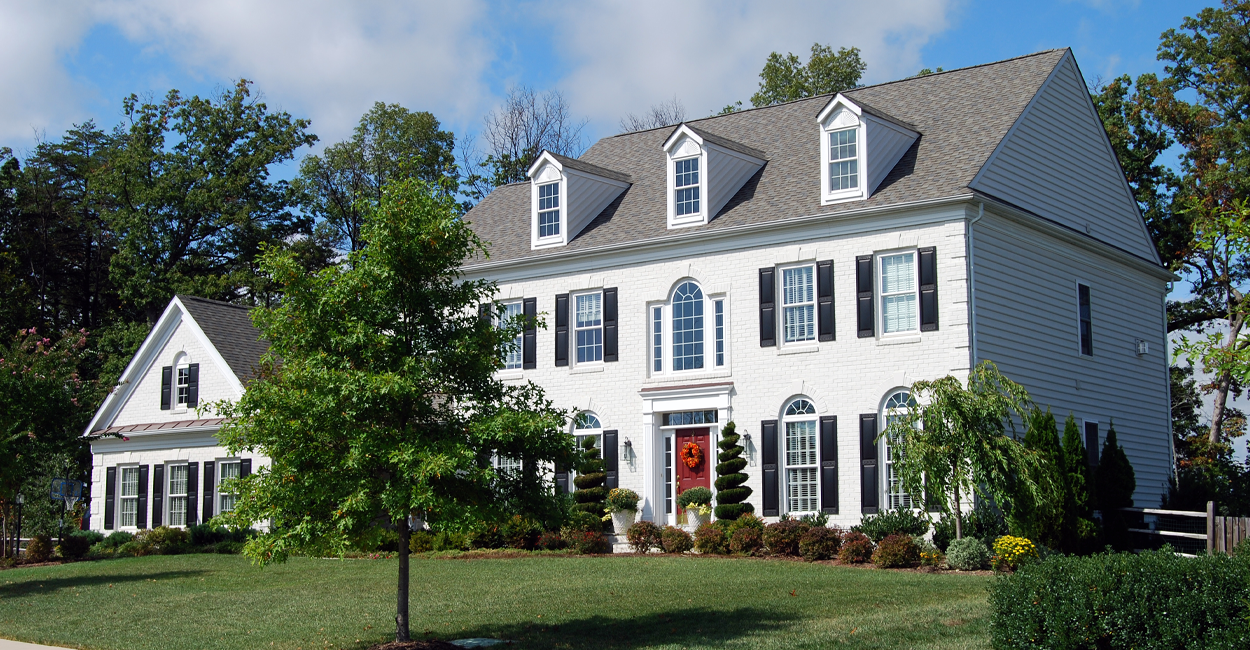Buyer's Regret Fuels Rising Inventory Numbers
While housing inventory is still painfully low in many areas, many agents are reporting an increase in market activity before the usual spring thaw. More homeowners are making the decision to sell, regardless of mortgage rates, and affordability is improving.
 A Zillow survey conducted in the 4th quarter of 2023 found that 21% of homeowners are contemplating selling their homes within the next three years. The survey also found an interesting trend: the willingness to sell was almost equal among homeowners with mortgage rates above or below 5%. This marks a considerable shift from six months ago, indicating that interest rates are becoming less pivotal in homeowners' decisions to sell.
A Zillow survey conducted in the 4th quarter of 2023 found that 21% of homeowners are contemplating selling their homes within the next three years. The survey also found an interesting trend: the willingness to sell was almost equal among homeowners with mortgage rates above or below 5%. This marks a considerable shift from six months ago, indicating that interest rates are becoming less pivotal in homeowners' decisions to sell.
Another reason for increased seller activity: widespread buyer's regret. Many who bought a home during 2021-2022 admit to being swept up in the buying frenzy, ending up with homes that weren't suitable for their long-term needs. The flow of new listings, while still slow, is showing signs of improvement. This is contributing to a cautiously optimistic outlook for 2024.
Want to make sure your buyers are a step ahead of others? Refer them to me so I can assist them with their home financing needs.1
Five Tips for Smarter Emails

No matter what tasks you're working on — a presentation, closing, or marketing campaign — emails are usually involved. Reviewing your current email setup can help you improve if needed, so you'll know you're making the right impression. The next time you find yourself with a half-hour to spare, check out these instant email fixes.
Simplify your signature line. There's no need to list your awards and memberships here; instead, ensure it makes it easy for recipients to contact you. Add direct links to your LinkedIn and social media. If you have separate office and cell phone numbers, or a separate evening/weekend number, be sure they're defined as such.
Consider a custom domain. If you're an independent agent, consider buying a domain that incorporates your name and profession. Creating a custom domain enables you to create an email address associated with it. Write down several possibilities before you check each for availability, as your first choice may not be available.
Retire your "out of office" message. If you're on vacation or attending an event, you don't want to announce it to every prospect, vendor, buyer, or seller who emails you. Instead, find an associate or office staff member who will manage your emails while you're gone, and set up automatic forwarding.
Make sure your subject lines make sense. While it's tempting to use witty subject lines, your recipients will appreciate your being direct. What's in your email that they want to know about? Details of a new listing? Their home sale's closing date? Be sure to convey this in your email's subject line.
Avoid sending emails with dozens of CCs. If you do this, it's inevitable that someone will reply to everyone by hitting "Reply All" instead of "Reply". This can be potentially embarrassing, depending on the subject matter. Also, everyone will be able to see everyone else's email in the CC list. Instead, learn how to use the BCC function, or subscribe to a business email service.2
Home Inspection Protocol for Buyer and Listing Agents
If you're new to real estate, you may not fully understand what goes on when a potential home buyer arranges a home inspection. Here's a simple way to define this process: a home appraisal deals with fair market pricing, while a home inspection tells buyers of any potential problems that aren't noticeable during a property showing.

Home inspectors test appliances and water pressure, and visit attics and basements to find potential electrical, plumbing or foundation problems.
If you represent a buyer, it's a good idea to be present when a home inspection is conducted, although you'll want to discuss this with your buyer first. You'll have a more realistic view of the property's true condition, which will enable you to negotiate for your client if problems are found.
However, if you represent the property's seller, attending the inspection is rarely a good idea, and may not even be allowed in your state. Keep these things in mind: the buyer may feel as if you're interfering with, or even spying on their inspector. Also, since the buyer is paying for the inspection, they may want to keep the inspection results private until they've discussed them with their agent.
Your seller may be better off leaving the property during the inspection, even though it's still their home. Any criticisms discussed between the inspector and buyer may upset the seller, as it's difficult to not take these remarks personally. Again, be sure to discuss this with your client before the inspection takes place.3
Colonial, Craftsman or Cape Cod?
Depending on your territory, writing accurate listing descriptions can be simple or challenging. For example, if you're in New England, you're probably familiar with Cape Cod homes, while East Coast homes are often built in the Federal style. Here are descriptions of some of the nation's most common architectural styles.

Ranch-style homes are single-story properties with simple floor plans, attached garages, and large windows along the front of the house. Thousands were built in the post-war era, and they're still the most popular style.
The Cape Cod style is popular in New England. Features include a steep roofline, wood siding, multi-pane windows, and hardwood floors. They are typically one story or one and a half stories. Many were built during the 1930s.
Colonial-style houses were "inspired" by the Cape Cod style, although roof styles are different. They usually have two or three stories, fireplaces, and brick or wood facades. Most have the kitchen and family room on the first floor and the bedrooms on the second floor.
The Craftsman bungalow (also known as Arts and Crafts) is popular in California, with many 1920s-vintage homes selling for top dollar. Their interiors feature a large amount of interior woodwork, including built-in shelving and window seating.
Mediterranean-style homes feature a low-pitched tile roof, arches, grillwork, and a stucco or adobe exterior. The floor plan is oriented around a central courtyard, making the garden an extension of the living space. These are popular in California, Florida and other warm climates.
Contemporary and modern-style homes feature lots of glass, open floor plans, and inventive designs. The exteriors of contemporary homes often feature a dynamic mix of contrasting materials and textures, exposed roof beams, and low-pitched roofs.
Rowhouse-style houses are most common in cities with limited residential land, such as New York City, San Francisco, Baltimore and Boston. The vertical homes are built side by side, usually of brick and sometimes painted different colors to differentiate each home from one another.4
Put Networking into Overdrive at These Spring Events

Genuine Hustle
The next Hustle-thon begins February 11 in Denver, Colorado's Curtis Hotel. The Genuine Hustle concept was launched in 2015, with events planned throughout the year in different states. Discover the "support tribes" concept, build your network and make new friends. Click here to learn more.
Sell-a-Bration® is happening at Las Vegas' Caesars Palace from February 29 to March 2. It's hosted by the Residential Real Estate Council. Meet other top-producing agents, make new connections, and learn new strategies for 2024. Click here to learn more.
NAHREP's Homeownership & Wealth Building Conference is scheduled for March 11-13 at the JW Marriott in Washington DC. Sponsored by the National Association of Hispanic Real Estate Professionals (NAHREP), attendees can learn wealth-building insights while gathering expert advice for an evolving market. Click here for details.5
Sources: 1nationalmortgageprofessional.com, 2theamericangenius.com, 3championtitle.com, 4bhg.com, 5inman.com



Recent Comments